#hellenistic art
Text
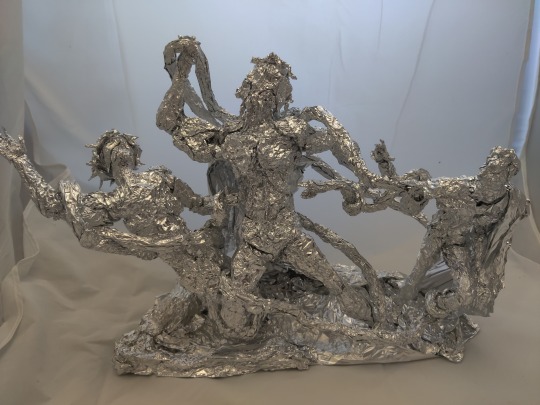
Laocoon and His Sons - Aluminum Foil Sculpture
#laocoon and his sons#greek#greek sculpture#greek art#roman#snake#hellenistic#hellenistic art#foil#sculpture#fanart
309 notes
·
View notes
Text

Hellenistic period sardonyx cameo portrait of Mark Antony as Alexander the Great. H. 3.7cm. W. 3.5cm.
Bibliothèque Nationale de France, Département des Monnaies, médaille et antiques, Paris.
Photograph: Bibliothèque Nationale de France.
#mark antony#marc antony#marcus antonius#second triumvirate#history#rome#ancient rome#roman history#roman republic#roman empire#antiquities#ancient artifacts#art#ancient history#ancient art#hellenistic#hellenism#alexander the great#hellenistic art#cameo#greo-roman
479 notes
·
View notes
Text

Statuette (white marble) of Hermaphroditus, the mixed-gender child of Hermes and Aphrodite. Artist unknown; 2nd cent. BCE (Hellenistic). Thought to have come from Rhodes; now in the Princeton University Art Museum.
#classics#tagamemnon#Ancient Greece#Hellenistic period#classical mythology#Greek mythology#Hermaphroditus#art#art history#ancient art#Greek art#Ancient Greek art#Hellenistic art#sculpture#statuette#marble#stonework#carving#Princeton University Art Museum
3K notes
·
View notes
Text

Silver centaur, Seleucid Empire, ca. 160 BC, gilded silver, Kunsthistoriches Museum, Wien.
#sculpture#art history#centaur#antiquity#mythology#mythological creature#greek art#hellenistic art#silver
665 notes
·
View notes
Text

Statue of Apollo at the Istanbul Archaeological Museum
From Tralles, 2nd century BCE
Picture by: 🏺
#ancient art#hellenistic art#hellenistic#2nd century bce#ancient history#apollo#greek gods#ANTIGÜEDADES 💎
66 notes
·
View notes
Photo
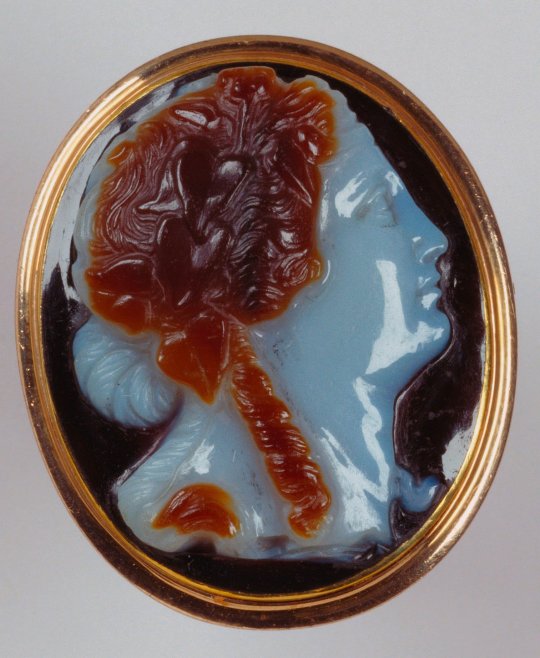
Onyx cameo of Ariadne, in a modern gold ring. Greek, Hellenistic Period, 3rd-2nd centuries B.C. In the Royal Collection.
Description from the Royal Collection Trust:
Cameo with a head of Ariadne, consort of Dionysos, facing to the right with her gaze slightly lifted. She wears a wreath of ivy leaves and berries. Her hair is gathered in a roll at the back and ringlets cascade down her neck with a stray lock before the neck. A trace of her dress becomes visible along the neckline. The rather fleshy features and short nose recall portraits of Ptolemaic queens and the resemblance may be deliberate since such assimilation to deities was common practice.
#Ariadne#mythology#ancient art#Ancient Greece#Hellenistic art#Hellenistic Period#Ptolemaic Dynasty#goddess#Hellenistic#Greek#onyx#cameo#sculpture#Royal Collection Trust
202 notes
·
View notes
Photo
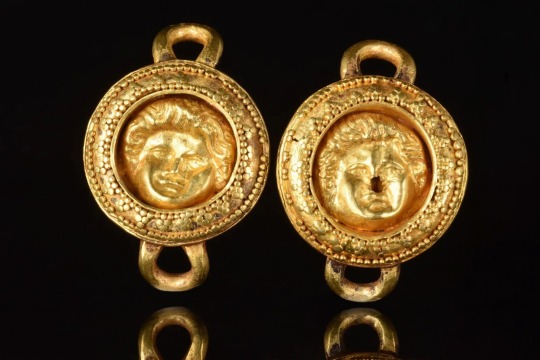
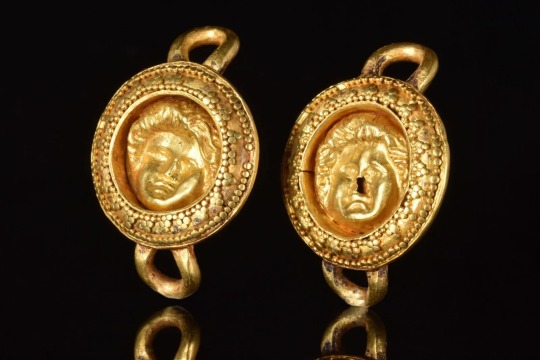

Hellenistic Gold Eros Belt Buckle Pair
Ca. 400 BC
A pair of gold belt buckles in the shape of shields with masks of Eros to the centre, with long youthful locks of hair, acqueline nose and piercing eyes. The Eros shields are surrounded by a selection of granules which are formed in two linear borders interlinked by grape bunches. The buckles are attached to two loops on either side which would have connected the buckle to the belt. These are intricately formed in solid gold with highly stylized iconography of Hellenistic art.
L:Set of 2: 26-27mm / W:mm ; 15.12g.
#Hellenistic Gold Eros Belt Buckle PairCa. 400 BC#gold#ancient gold jewelry#ancient artifacts#history#history news#ancient history#ancient culture#ancient civilizations#hellenistic culture#hellenistic history#hellenistic art
206 notes
·
View notes
Text

Greek Girls on the Shore, by Joaquin Sorolla, a Valencian painter of landscapes and historically inclined art.
(It’s so lush with colour and texture, couldn’t let the opportunity slide to post it:)
#joaquin sorolla#joaquín sorolla y bastida#sorolla#artwork#art#painting#paintings#Hellenistic#hellenism#neo classical#neo classical art#hellenistic art#art from the 19th century#landscape#landscape painting#coastal aesthetic#oceancore#oceanside#ocean art#greek aesthetic
76 notes
·
View notes
Text
Greco-Egyptian art and culture in Italy: the Nile Mosaic of Palestrina
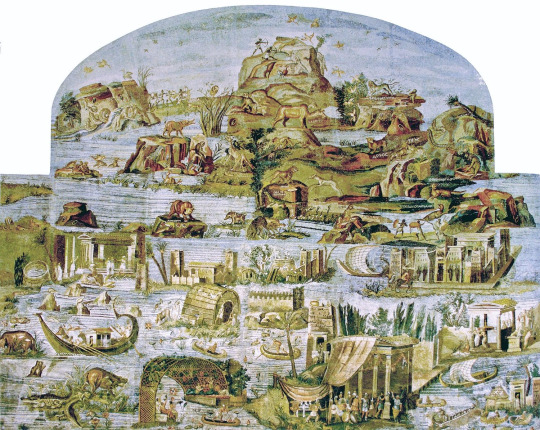
“AMONG ITS EXTRAORDINARY COLLECTION OF regional archaeology, the National Archeological Museum in Palestrina preserves a magnificent piece that stands apart from the rest: an ancient mosaic depicting a vivid scene of the flooding river Nile.
Dating to the 1st century BCE, this Egyptian mosaic is believed to be the product of Alexandrian craftsmen, and it is among the most spectacular of the late Hellenistic age. Measuring almost 20 by 13 feet (6 by 4 meters), the mosaic depicts a flooded Nilotic landscape, inhabited by animals both real and imaginary, Ptolemaic Greeks, Aethiopian hunters, and priests performing rituals in their magnificent temples. The figures are often labeled in Greek characters and the entire scene may represent a vivid map of the Nile as it flows from the highlands of Ethiopia to the delta in the Mediterranean Sea.
Archaeologists expect the mosaic was originally used as a flooring decoration for an apse in a large rectangular room built as an artificial grotto (as can be surmised from the shape of the mosaic), by the forum of the city of Praeneste. The piece has also been identified as evidence of the early spread of Egyptian cults in Italy, especially the cult of the Goddess Isis. (Certain scholars claim that Isis was already at this point being identified with Fortuna, Goddess of Praeneste.)
The mosaic’s rediscovery and preservation have been tumultuous: In the 1600s, the Barberini family removed the mosaic and took it to Rome. It was then returned to Palestrina but damaged in the process and had to be restored anew. During the Second World War, to avoid damage from the allied bombings, the mosaic was once more removed, but it is now again on display in Palestrina.
Know Before You Go
The Nile mosaic is on display on the third floor of the museum, which is open every day from 9 a.m. to 8 p.m.”
Source of the text: https://www.atlasobscura.com/places/nile-mosaic-of-palestrina
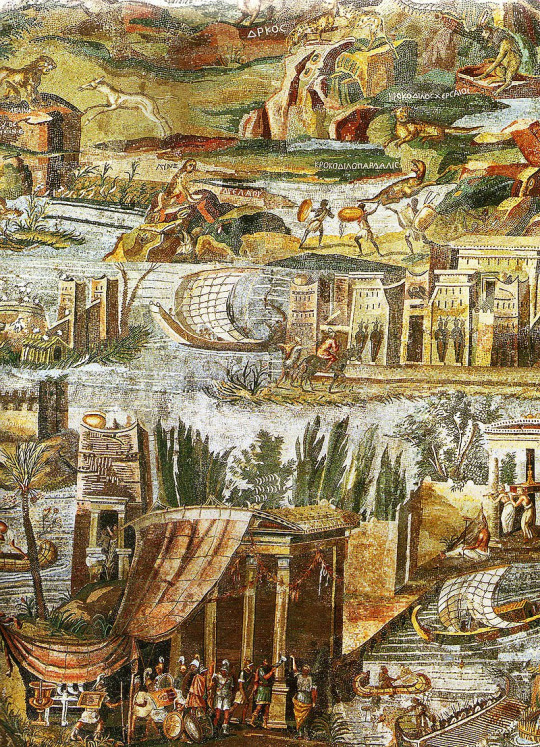

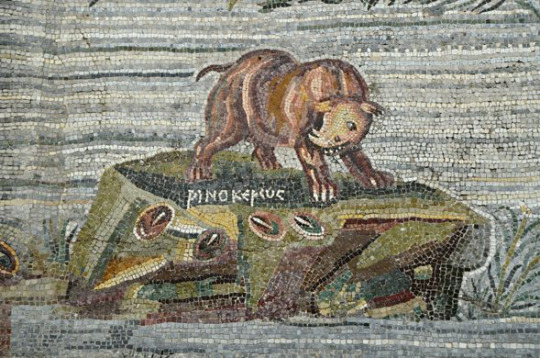
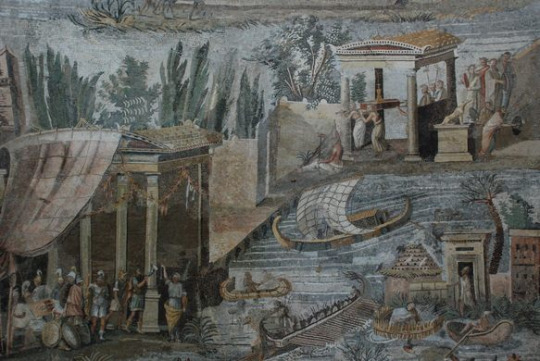


22 notes
·
View notes
Photo

The baptismal font in the Cathedral of Syracuse, Sicily, is a stone jar from the Hellenistic period (317 to 212 BCE) mounted on a base with seven bronze lions made in the 13th century.
48 notes
·
View notes
Text
I do not say this lightly, but the single piece of artwork that is my Favorite is Boxer at Rest.

I love how lifelike he is, how much you can see of the anonymous man it was modeled on, how exhausted and hurt he is, the detail in his expression and musculature and posture, in his himantes. on top of the fact that this is a Hellenistic bronze that survived, fully intact, since at the earliest 330 BCE
4 notes
·
View notes
Text
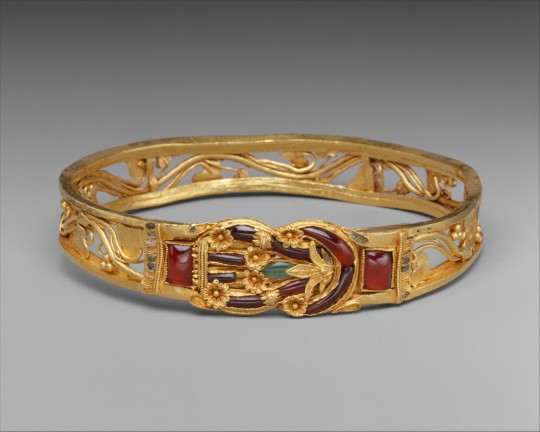
Gold armband with Herakles knot
Hellenistic period
3rd–2nd century BCE
Gold inlaid with garnets, emeralds, and enamel
3 1/2in. (8.9cm)
The Herakles knot on this sumptuous armband is enriched with floral decoration and inlaid with garnets, emeralds, and enamel. According to the Roman writer Pliny, the decorative device of the Herakles knot could cure wounds, and its popularity in Hellenistic jewelry suggests that it was thought to have the power to avert evil.
from The Metropolitan Museum of Art, New York
#greek art#hellenistic art#ancient artifacts#ancient art#antiquities#art history#archeology#hercules#carnelian#met museum#herakles
21 notes
·
View notes
Text
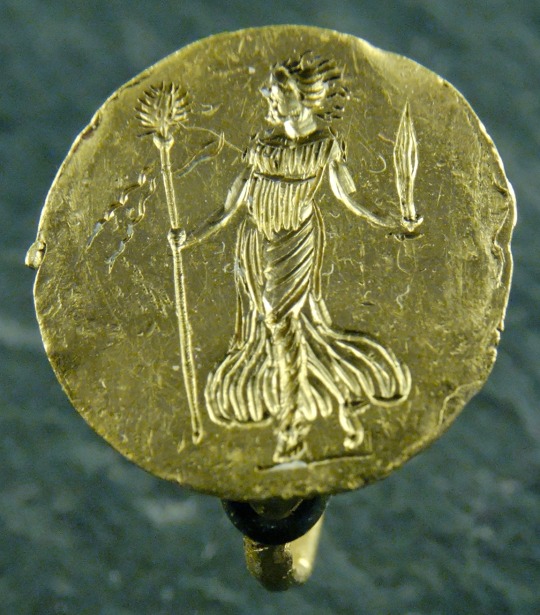
Ancient Greek ring depicting a dancing maenad. Artist unknown; 3rd or 2nd cent. BCE (Hellenistic). Now in the Louvre. Photo credit: © Marie-Lan Nguyen / Wikimedia Commons.
#classics#tagamemnon#Ancient Greece#Hellenistic period#Greek religion#Ancient Greek religion#Hellenic polytheism#maenad#maenads#art#art history#ancient art#Greek art#Ancient Greek art#Hellenistic art#jewelry#jewellery#metalwork#gold#goldwork#Louvre#Louvre Museum#Musee du Louvre
847 notes
·
View notes
Text
About Bunny <3
non-binary - they/she
25
Aqua sun, Aries moon, Leo rising
green/kitchen witch, please feel free to ask me questions
omnitheist
here to post things I find beautiful, witchy shit, and random ramblings from my anxiety riddled gourd
some of my interests are tagged below
#slavic paganism#plants#poetry#hellenistic art#astrology#hellenic pagan#indie music#history#herbalism#slavic folklore#paganism#green witch#hellenism#nature#greek history
5 notes
·
View notes
Text

Gold Cretan laurel wreath of the Hellenistic period
4th-3rd century BCE
Legion of Honor, San Francisco
Photo source: 🏺
34 notes
·
View notes
Photo

Bas-relief of the head of a bearded man (perhaps Asclepius), likely a fragment from a larger object such as a vase, in a modern mount
Greek, Hellenistic, 1st or 2nd century B.C.
sardonyx
Royal Collection Trust (acquired by King George III)
#bas-relief#sculpture#Ancient Greece#Hellenistic Period#Hellenistic art#ancient art#Asclepius#Greek#Hellenisticc#art#sardonyx#Royal Collection Trust
96 notes
·
View notes